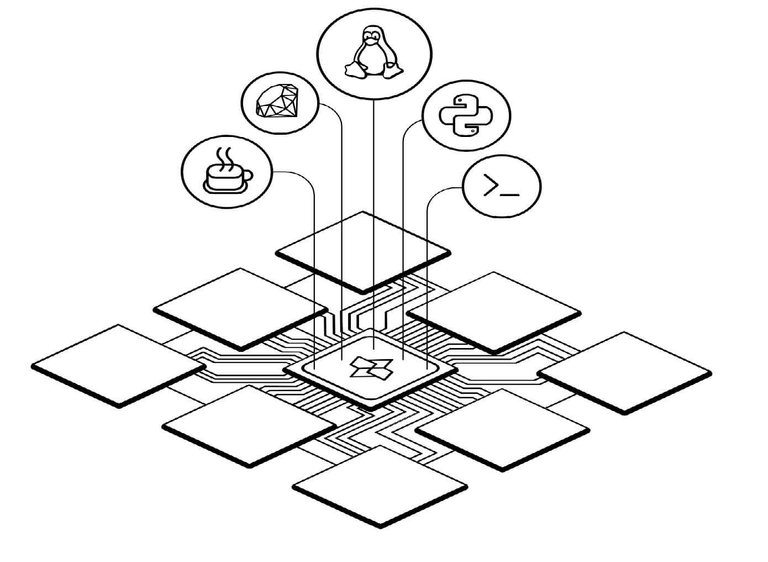It has been a decade since the blockchain technology came into being. It has also been a decade since efforts have been made at fostering interoperability among the blockchain technology and the real world enterprises. The quest to actualize that is not unconnected to the perception that the merger or interoperability between both worlds would see to the development of different industries.
Computation on the one hand, is a necessity in our sectors of economy. Because of the many data involved, different industries and sectors of the global economy are continually looking for more ways to ensure that they compute the different data they have at hand. At the same time, the continued challenge faced by these industries is not unconnected to the fragments noticed in the conventional computing environment. The blockchain technology, which ought to create a perfect avenue for computation, still needs a viable infrastructure like Linux to achieve that. Interestingly, the Cartesi blockchain has gone on to forge an alliance that saw to the integration of the Linux infrastructure as a way of increasing the use of the blockchain network for computations.
Indeed, the Cartesi blockchain’s move has many positive undertones. That is why I present to you some of the ways the Cartesi blockchain is creating interoperable operations between the real world and the blockchain technology by using computations as the primary medium.
**TRUSTLESS MARKETPLACE FOR AI**

Artificial Intelligence (AI), just like the blockchain technology, is also making waves in its own way. That is why the Cartesi blockchain created a trustless marketplace for Artificial Intelligence (AI). Here, the platform would delegate its Decentralized Automated Verification system to enable Decentralized Application (DApp) developers to create and allow the outsourcing of DApps.
It should be noted that the application of the trustless AI marketplace makes it possible to make use of the platform to allow for the use and delegation of DApps in many computational work environments. Some of the potential use cases include but not limited to data analysis, machine learning, and any tasks that require higher computations.
**OUTSOURCED COMPUTATIONS **
Computation requires many computations powers, which would be supplied by computers. Considering that only a few computers are available to facilitate the tasks, the Cartesi blockchain has now made it possible for developers to source computational powers from idle computers. The owners of such computers would be compensated, which is a great way to save costs of acquiring new computers.
**INTEROPERABLE BLOCKCHAINS**
Many blockchain-based platforms are working on a solo mode. They hardly communicate or have some form of communications among themselves. It would interest you to know that the Cartesi blockchain did an excellent work in that regard.
The forging of interoperability among blockchain-based platforms is buoyed by the Decentralized Applications (DApps) on the platform, which can be used across different blockchain networks.
WRAPPING UP
The blockchain technology and many real world/fiat currencies can now communicate courtesy of the infrastructures made available by the Cartesi blockchain. By bringing in the Linux infrastructure into the equation, Cartesi has now shown that the road to interoperability among blockchains as well as in the real world is free of bumps.
USEFUL LINKS
Website: https://cartesi.io/
Whitepaper: https://cartesi.io/cartesi_whitepaper.pdf
Telegram: https://t.me/CartesiProject
Twitter: https://twitter.com/cartesiproject
Facebook: https://www.facebook.com/cartesiproject
AUTHORS DETAILS
Bitcointalk username- arnoldrimmer
Bitcointalk profile link- https://bitcointalk.org/index.php?action=profile;u=31787;sa=summary
Email- [email protected]